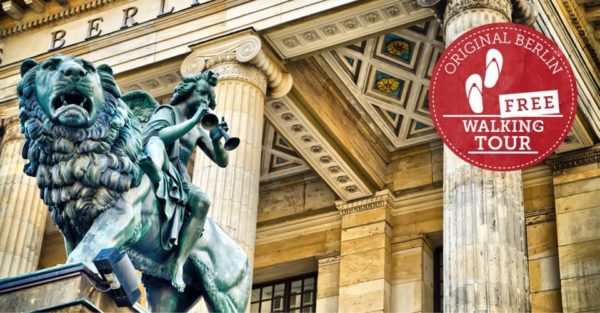Understanding the Berlin Wall
The Berlin Wall was a physical concrete barrier put up by the GDR, the East Germany, to divide East Berlin from West Berlin, during the Cold War. This concrete structure which was erected in 1961 and came crumbling down in 1989 was not just a concrete structure which physically divided the city but the concrete image of division between the two spheres of the world – Eastern and Western. Originally built to prevent skilled personnel from moving from East Germany to West and effectively becoming a death knell to that domain of human endeavor or totally wiping out West Germany’s economy, the Berlin Wall transformed into the heart-rending Iron Curtain.
: The existence of the Berlin Wall extends from 13th August, 1961 to 9th November 1989.
Some time ago, the Berlin Wall started dividing the Germans for decades, became a significant part of the lives of people in Berlin and attracted attention around the world. The Wall was eventually dismantled and stood for 10,316 days or nearly 28 years to become part of one of the cold war’s strongest illustrations of division and oppression. It was dismantled finally on November 9, 1989 in a bloodless event which was a historical social upheaval for Germany.
Although the building of the Berlin Wall initially aimed at stemming the flood of East Germans emigrating to West Germany and creating barriers around the capital city of East Germany, the construction of the wall provoked contradictions which can be examined more precisely by analysing its unique context.
The Berlin Wall was started the 13th of August in 1961, when the East Germans authorities decided to shut off the border between the east and west side of Berlin. The first layer of the security system was a barbed wire that over time was changed to the concrete wall accompanied by watch towers, ditches, and other obstacles to cars. The was 155 kilometer long passing round West Berlin and began sealing off the area, so that its residents couldn’t get to East Germany.
Living with the Berlin Wall
It is an important fact that division through the settlements, which was supported by the construction of the Berlin Wall, concerned the lives of people in both East and West Berlin. People’s relations were disrupted, the relations between these friends were ruined and the civil liberties were strongly limited. The wall became a representative of the oppression that the Eastern Bloc nations have put over their population.
Crossing the wall was also discouraged because anyway border guards opened fire to kill any person trying to escape from the ribs. Still, the desire for change and freedom led many East Germans attempt dramatic escapes – even under the bonnet of a car. Survivors of the escape attempts turned into examples of the human soul’s desire to gamble for freedom.
The Fall of the Berlin Wall
The collapse of Berlin wall was historic that marked the end of Cold war and noted reunification of Germany. The situation had been demanding for increased change for many years directed towards more political freedom and economical well-being. This movement took root in 1989 when several non-violent actions were organized which paved way to open border and the break down of the Berlin wall.
On November 9, 1989, the East German government released a stamp that allows East Germans to come to the West without any hindrances. Hordes of East and West Berliners gathered around the wall of joyfully clapping and shouting as overjoyed people crossed the division. The physical and metaphorical physical edifice that was once a monumental symbol of segregation was torn down to rubble, removed from the layman’s perspective by layman’s own hands.
The Berlin Wall Demise: Its Objective Importance
The opening of the Berlin Wall was a significant another event for the world as a whole, but specifically for Germany. Not only the renewal of Germany division but also the victory of democracy against dictatorship and the end of Cold War.
The reunification of Germany 1990 marked one of the most important revolutions in the political, economic as well as social transformational processes in the country. The collapse of the wall also paved way for more unity and interaction thus ultimately signing the Treaty of Paris and the establishment of European Union and thus more unity as divided nation.
Berlin Wall Today
Currently, there are bits and pieces of the separated Wall still standing in Berlin – monuments that let people remember the segregation. The East Side Gallery, a section painted murals and preserved on a large wall is a symbol of victory of freedom and togetherness. The Berlin Wall Memorial and Documentation Centre can give one an insight into the past of the giant wall and changes which go along with it in people’s lives.
It is not the geographic history of the Berlin Wall but it is store of the liberty, freedom and the hope of the humanity. The chance identified in this history expands the vision on the achievements tocolseet and the need to go further on the way to joining and strengthening the peace in the world.
Table of Contents

